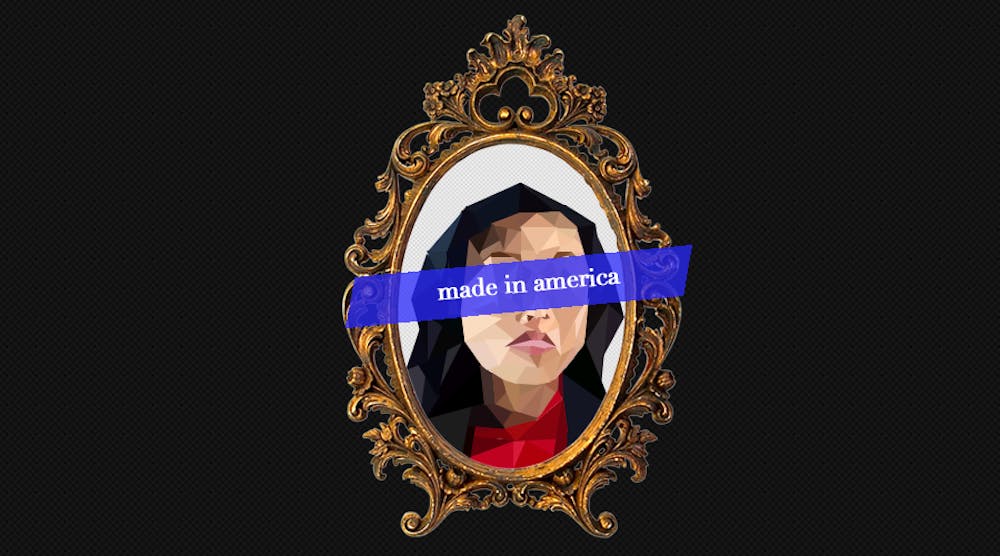Donning a pastel pink polo and a fanny pack, Brian Imanuel — who goes by the stage name Rich Brian — became a viral YouTube sensation with his song “Dat $tick”. Much of his initial fame came from the spectacle. Imanuel is a baby-faced teenager from Jakarta, emulating trap music from Black communities in the United States. To many, Imanuel seemed to be a one-hit wonder; audiences were laughing as much at him as they were with him. The world did not take him all that seriously. But Imanuel has proven his naysayers wrong. Two years after “Dat $tick” was released, his debut album Amen took the number one spot on iTunes for hip hop albums.
Imanuel’s success is not an outlier. He is part of a larger movement of Asian rappers — Higher Brothers, Awkwafina, Keith Ape — who are slowly making their way into the mainstream. As they carve a space for themselves in the hip-hop scene, they are simultaneously widening the breadth of spaces Asians can occupy in American society. The increase in visibility for Asian rappers is about more than the music they make. It signifies much-needed progress for Asian Americans, not only in terms of representation in the media, but also in subverting pervasive stereotypes.
Ever since the end of World War II, Asian Americans have been lumped together under the moniker of "model minority" — a name that communicates the idea that they are an exemplary group that is the living embodiment of the American Dream. While ostensibly the model minority can be seen as a positive stereotype, the phrase creates a false sense of overarching success amongst the Asian American community. Feeling the need to be a model minority both marginalizes those who are not as economically affluent as the stereotype suggests and discourages many Asian Americans from making riskier choices, such as taking a job in the media industry, out of fear of failure.
Because of the overarching stereotype of the model minority, listeners are confused as to what place Asian Americans have in rap music. As Salima Koroma, the director of the documentary Bad Rap, stated, “To be honest, what hip hop is perceived to be is the antithesis of what Asian Americans are considered to be in this country.” Yet this crop of Asian rappers are the ultimate juxtaposition: they challenge the expectations, proving that there is space in popular culture, specifically hip hop, for new voices.
Having this representation for Asian Americans is essential, not to fill a diversity quota or to appease changing consumer demand, but to reflect the different stories that different people have to tell. Unfortunately, to date, Asian Americans have been grossly underrepresented in media. A 2015 diversity report from the University of Southern California found that, of the 100 most popular films, 49 included no speaking or named Asian characters.
And, frankly, the problem is not only with underrepresentation but also misrepresentation. It is not enough to have Asian bodies fill supporting roles or serve as props for white stories. Asian Americans have a wide range of unique stories — stemming from their background, family, identity — that have been largely ignored by mass media. Instead, they are portrayed as one-dimensional tropes, creating the illusion that the Asian American experience is monolithic.
Rap can become a means for sharing these stories. Even though she is primarily a comedic rapper, Nora Lum, commonly known as Awkwafina, touches on serious issues of the racial and gender stereotypes that Asian women face in her songs. For her song “Green Tea,” Lum paired with comedian and activist Margaret Cho with the intention of teaching young women of color. In an interview with the blogger Angry Asian Man, Lum stated that she wanted her listeners “to embrace their quirkiness, their sexuality, their inner-child and their creativity with passion.” While popular media has traditionally depicted Asian women either as the asexual nerd or an oversexualized erotic trope, voices like Lum’s are needed to dispel these stereotypes.
In many ways, rap is the perfect medium for this revolution. It has long been the breeding ground for expressions of individuality and unique perspectives. Rap is lyrically free — a spoken word, almost poetry, recorded to an instrumental track. This form affords artists greater freedoms, allowing rap to convey some social consciousness. Rappers paint a gritty version of their reality and use their songs to bring light to issues within their community.

Using this model, rap music goes beyond being a form of representation. It is a vehicle that can help change mainstream perceptions of Asian Americans.
So, we can appreciate “WeChat” or “Gospel” for their catchy beat. We can even laugh at the bizarreness of “My Vag.” But what we cannot do is ignore the fact that Asian American identity is changing, in part because of hip hop’s influence. These rappers are bravely complicating what it means to be “Asian” in America. They are demonstrating that it is not the monolithic experience that many wrongly assume.
Dora Zhao is a first-year student from Newtown, Pa. She can be reached at dorothyzhao@princeton.edu.
Editor’s note: This month, the University observes Asian Pacific American Heritage Month. If you would like contribute to this month-long conversation about Asian-American and Pacific-American culture, please email opinion@dailyprincetonian.com.









